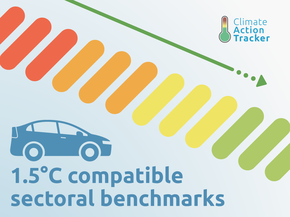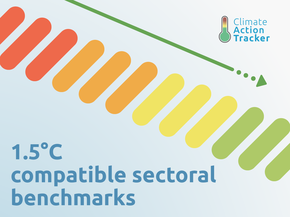Assumptions
Historical emissions
Historical emissions data were obtained from latest government data, the New Zealand’s Greenhouse Gas Inventory 1990-2020 published in April 2022 (Ministry for the Environment 2022g). Emissions for 2021 have been estimated by the CAT. The energy sector emissions in 2021 are estimated using GDP growth rate from IMF as proxy (IMF 2022). For industry, agriculture, waste and other emissions, the pre-COVID 5 year trend (2015-2019) has been applied.
NDC and other targets
Target emissions levels were calculated from New Zealand’s Greenhouse Gas Inventory 1990-2020 (Ministry for the Environment 2022g).
The target for 2020 (5% below 1990) is based in the gross emissions in 1990 (i.e., LULUCF emissions are not included in the base year). The comparison calculations using the CP1 surplus and Kyoto Protocol forestry activities data is from the latest net position report (Ministry for the Environment 2021a).
The target for 2030 (Paris Agreement Nationally Determined Contribution or NDC) is a 50% emissions reduction below 2005 levels The same target is reiterated in New Zealand’s updated NDC (New Zealand Government 2021a). New Zealand uses a gross-net approach (Ministry for the Environment 2021d). A gross-net approach is when a Party does not include the LULUCF sector in its base year (gross) but accounts for net emissions and removals from LULUCF for the target year (net). Such an approach is a logical and categorical error.
In the year 2005, New Zealand had a LULUCF carbon sink of 25 MtCO2e. However, New Zealand has chosen to exclude the carbon sink to ensure a higher baseline to apply the 30% reduction from 2005 levels. New Zealand then includes the LULUCF carbon sink in the target year 2030, which allows for higher emissions elsewhere in the economy. Such an approach undermines the purpose of the Paris Agreement as it allows for net emissions to continue to increase.
For the 2030 pledge, the CAT has estimated levels of emissions excl. LULUCF resulting from the NDC by subtracting Kyoto Protocol forestry activity emissions in 2030 from the targeted level (2030 data from: (Ministry for the Environment 2021c)).
The 2050 Long-Term Target has been quantified using the latest government historical data (Ministry for the Environment 2021b). The CAT estimates the target by subtracting LULUCF and including methane emissions.
The projected LULUCF emissions for 2050 are based on the latest government projections (Ministry for the Environment 2021c). The government LULUCF projections provide a range based on “lower removals” and “upper removals”. These projections appear to be very optimistic when compared to government policy in the sector. CH4 emissions for 2017 were also available in the government data (Ministry for the Environment 2021b). We include emissions from methane and exclude LULUCF.
Current policy projections
The policies and actions projections are based on the scenario presented on the Ministry for the Environment website in March 2022 and harmonised to historical emissions of 2021 (Ministry for the Environment 2022f).
The projections include “existing policies including a carbon price of $35 per tonne of CO2e in the Emissions Trading Scheme”.
The government projections from the Fourth Biennial Report include the effects of key quantifiable policies and measures implemented prior to 2019. Specifically, it includes the New Zealand Emissions Trading Scheme; Efficient Products Programme, Insulation and heating grants programmes; Productive and Low Emissions Business Programme; Kigali Amendment to the Montreal Protocol; National Policy Statement for Freshwater Management; Indirect effects of combined forestry land-use policies on agricultural land use; Afforestation Grant Scheme; Permanent Forest Sink Initiative; Sustainable Land Management Hill Country Erosion Programme; Erosion Control Funding Programme; One Billion Trees Programme; Crown Forestry Joint Ventures; National Environmental Standard for Air Quality (landfill methane); Waste Disposal Levy; Indirect effects of combined agricultural (forestry and land use) policies on waste; and the Tokelau Renewable Energy Project. The policies and actions projections do not include the NZ ETS reforms of June 2020.
Global warming potentials
The CAT uses Global Warming Potential (GWP) values from the IPCC’s Fourth Assessment Report (AR4) for all figures and time series. Assessments completed prior to December 2018 (COP24) used GWP values from the IPCC’s Second Assessment Report (SAR).
Further analysis
Latest publications
Stay informed
Subscribe to our newsletter





